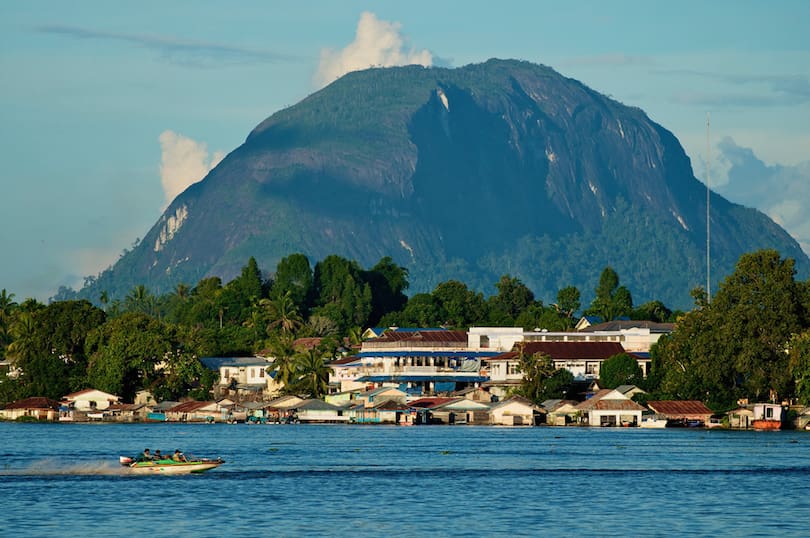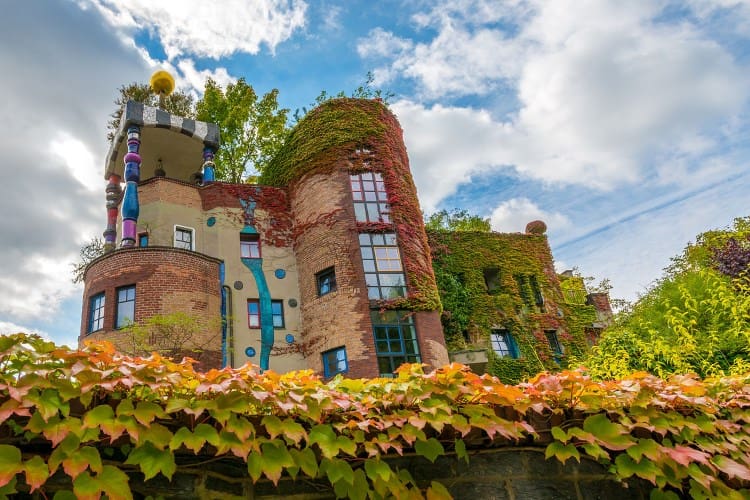Saramsa Garden, located in the outskirts of Gangtok, Sikkim, is a natural haven filled with lush greenery, colorful flowers, and a serene ambiance. If you’re looking for a peaceful escape from the bustling city life, Saramsa Garden is the perfect destination for you. In this article, we’ll take you on a journey through the garden’s history, its flora and fauna, and everything you need to know to plan a visit to this breathtaking attraction.
Table of Contents
- The History of Saramsa Garden
- The Location and Accessibility of Saramsa Garden
- The Flora and Fauna of Saramsa Garden
- Exploring Saramsa Garden: Things to Do and See
- The Orchidarium
- The Greenhouse
- The Bird Watching Deck
- The Medicinal Plant Garden
- The Bonsai Collection
- Tips for Visiting Saramsa Garden
- Saramsa Garden Timings and Entry Fees
- Where to Stay Near Saramsa Garden
- Frequently Asked Questions
- Is Saramsa Garden wheelchair accessible?
- Can I bring food and drinks into Saramsa Garden?
- What is the best time to visit Saramsa Garden?
- Is photography allowed inside the garden?
- Are there any guided tours available at Saramsa Garden?
The History of Saramsa Garden
Saramsa Garden was established in 1922 by the then king of Sikkim, Sir Tashi Namgyal, with the aim of preserving the local flora and fauna. Originally, the garden was used as an experimental station to test different plant species and to develop new techniques for horticulture. In 1958, the garden was taken over by the state government and was opened to the public as a tourist attraction in 2002.
The Location and Accessibility of Saramsa Garden
Saramsa Garden is located about 14 kilometers away from the city center of Gangtok and is easily accessible by road. You can hire a taxi or take a shared cab from Gangtok to reach the garden. The road leading up to the garden is well-maintained and offers scenic views of the surrounding hills and valleys.
The Flora and Fauna of Saramsa Garden
Spread over an area of 14 hectares, Saramsa Garden is home to over 200 species of plants, including exotic orchids, colorful rhododendrons, and rare medicinal herbs. The garden also houses a wide variety of birds, butterflies, and small animals like squirrels and rabbits.
Exploring Saramsa Garden: Things to Do and See
- The Orchidarium
The Orchidarium is one of the main attractions of Saramsa Garden and houses over 600 species of orchids. You can witness the different stages of orchid growth and learn about their cultivation techniques.
- The Greenhouse
The Greenhouse is another highlight of Saramsa Garden, which houses various exotic plant species from different parts of the world. You can witness the diverse range of plant life and learn about their unique features.
- The Bird Watching Deck
The Bird Watching Deck is a perfect spot for nature lovers and birdwatchers. You can spot a wide variety of birds, including Himalayan Bulbul, Grey Treepie, and Indian Blue Robin, among others.
- The Medicinal Plant Garden
The Medicinal Plant Garden is a must-visit for those interested in herbal medicine and alternative healing practices. You can explore the different medicinal plants and their uses, and even purchase some of the herbs and remedies from the garden’s store.
- The Bonsai Collection
The Bonsai Collection is a unique feature of Saramsa Garden and houses over 50 species of miniature trees. You can witness the intricate art of bonsai cultivation and appreciate the beauty of these small but stunning plants.
Tips for Visiting Saramsa Garden
- Wear comfortable shoes and clothing suitable for walking around the garden.
- Carry a camera to capture the stunning flora and fauna of the garden.
- Carry water and snacks as there are limited options available inside the garden.
- Plan your visit during the monsoon season to witness the garden in its full bloom.
- Respect the environment and do not litter or damage the plants in any way.
Saramsa Garden Timings and Entry Fees
Saramsa Garden is open to the public from 9:00 AM to 5:00 PM every day except Thursdays. The entry fee for adults is INR 20, while children below 12 years of age can enter for free.
Where to Stay Near Saramsa Garden
There are several hotels and guesthouses available near Saramsa Garden, ranging from budget-friendly options to luxury resorts. Some popular options include Summit Denzong Hotel and Spa, Yangthang Heritage, and Saramsa Resort.
Frequently Asked Questions
- Is Saramsa Garden wheelchair accessible?
Yes, Saramsa Garden is wheelchair accessible, and the garden authorities have made special arrangements to ensure a comfortable experience for differently-abled visitors.
- Can I bring food and drinks into Saramsa Garden?
No, outside food and drinks are not allowed inside the garden, and there are no food stalls available inside the premises. However, you can carry your own water and snacks.
- What is the best time to visit Saramsa Garden?
The best time to visit Saramsa Garden is during the monsoon season (June to September) when the garden is in full bloom, and the weather is pleasant.
- Is photography allowed inside the garden?
Yes, photography is allowed inside the garden, and there are no additional charges for photography.
- Are there any guided tours available at Saramsa Garden?
Yes, guided tours are available at Saramsa Garden, and you can book them at the entrance gate or through the garden’s official website. The guided tours offer insights into the garden’s history, flora, and fauna and are conducted by experienced guides.
Conclusion
Saramsa Garden is a treasure trove of natural beauty and a haven for nature lovers and gardening enthusiasts. From its exotic orchids and medicinal plants to its stunning bonsai collection, the garden has something to offer for everyone. So, pack your bags and plan a visit to this mesmerizing attraction in the heart of Sikkim.














I’m gone to inform my little brother, that he should also visit this website on regular basis to obtain updated from most up-to-date information.
bookmarked!!, I loe your website!
There is definately a great deal to find out about
this subject. I like all the points you have made.
This site certainly has all of the info I wanted concerning this subject
and didn’t know who to ask.
Also visit my site – Packaging Machinery
An interesting discussion is worth comment. I believe that you
should publish more about this issue, it may not be a
taboo subject but usually people don’t discuss these topics.
To the next! All the best!!
Thanks a bunch for sharing this with all folks you really
recognize what you’re talking about! Bookmarked. Please also discuss with my web site
=). We can have a link alternate contract between us
Great beat ! I wish to apprentice while you amend your site, how can i subscribe for a
blog web site? The account helped me a acceptable deal. I had been tiny bit acquainted of this your broadcast provided bright clear concept
Great site you have here but I was wanting to know if you knew of any forums that cover the
same topics discussed in this article? I’d really like to be a part of group where I can get
feed-back from other knowledgeable individuals that share
the same interest. If you have any recommendations,
please let me know. Thanks!
Everyone loves what you guys are usually up too.
This kind of clever ork and coverage! Keep up the fantastic works guys I’veadded you
guys to blogroll.